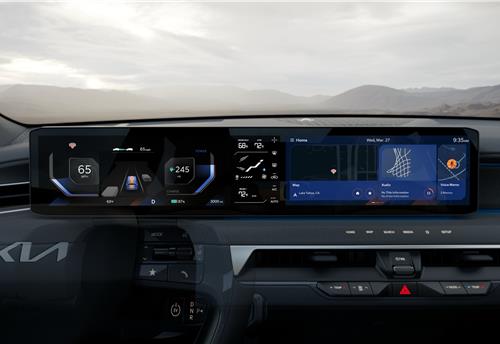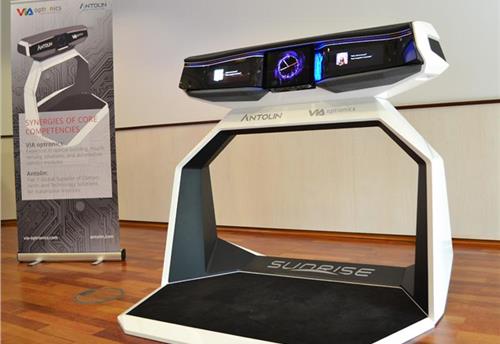Renault and Sanef collaborate to develop advanced mobility solutions
Groupe Renault and Sanef collaborate for improving communication between autonomous cars and infrastructure in order to move closer towards zero fatality and hands free experience for autonomous vehicle owners.
Groupe Renault and Sanef, a leading motorway operator, belonging to Abertis group, announced cooperation to further develop communications between autonomous vehicles and road infrastructure with an objective to increase road safety and to reach zero fatality, with the “eyes off/hands off” experience.
“Maximising safety for drivers, passengers and others with autonomous cars requires several stakeholders in both government and the private sector working together, each bringing unique expertise.” said Mathieu Lips, leading that innovation program. “Our goal is to work with Sanef to develop advances in safety and the right solutions to bring as soon as possible to customers the most comfortable travel in autonomous drive without interruption.”
As part of an open ecosystem approach to innovation, the development of autonomous drive vehicles by Groupe Renault is collaborating with experts. The companies are working together for shaping the car of tomorrow by integrating the infrastructures, using connectivity from car to car and to infrastructure (V2X) developed in the framework of the European SCOOP project. This experimentation, taking place in France, with Renault autonomous prototypes represents a first step towards the aim to extend cooperation to other countries.
Edouard Fischer, CTO at Sanef Group said “We are convinced that autonomous vehicles need premium infrastructures to be developed. That’s the reason why Groupe Renault and Sanef Group are working together on this worldwide innovation. Our goals in terms of road safety and road tech are converging”.
An operation as simple as crossing a toll barrier or a road works zone, represents a major challenge for autonomous cars to provide continuous travel in eyes-off/hands-off mode. A challenge that Groupe Renault and Sanef are well on their way to solving in order to build a comfortable and easy driving experience.
How the pilot project on toll barrier crossings works:
Groupe Renault and Sanef launched a pilot project in June 2016, in Normandy along the A13 motorway using the connected infrastructure (V2X) developed by Sanef. The aim was to study the approach and crossing of toll barriers and work zones by autonomous drive Renault vehicles. The experimentation in Normandy will continue until mid-2018.
For the toll barrier crossing:
The vehicle receives information about 1 km before the barrier of the toll lanes that are available and compatible with autonomous vehicle driving. Before approaching the zone, the vehicle will anticipate its position in the lane and adapt its speed by gradually slowing down according to the speed signs. Approaching such an area is a critical step in the absence of ground marking. To ensure its guidance, the autonomous Renault vehicles use virtual lines derived from a high definition map of the site. Access to the dedicated lane is performed at a speed of less than 30 km/h, while the sensors maintain the car in the center of the lane.
During the acceleration phase, the virtual lines system is used. Of course, the car is also able to detect the surrounding vehicles and adapt its behavior and its trajectory accordingly. Once the marking on the ground is restored, the autonomous Renault vehicles can continue their route normally.
The SCOOP project at a glance
As central players in the European SCOOP project, Groupe Renault and Sanef are already collaborating with other industry partners to conduct large-scale tests on equipment that enables road infrastructure to communicate with cars, and vehicles to communicate with one another – using short range wifi (ITS G5) that allows communication over (several hundred meters) long distance. These tests are taking place at different sites in France. Communication units are installed on the road side that exchange information with the equipment on board the car.
RELATED ARTICLES
Marelli Talbros Chassis Systems wins Rs 1,000 crore business from European OEM
The order, to be executed over an eight-year period, is for the supply suspension arms tailored for both conventional in...
Kia launches customised NBA display themes for North American market
Display Themes is a customised service that supports a personalised vehicle experience, allowing users to customise the ...
Antolin and VIA Optronics unveil versatile vehicle cockpit concept
The Sunrise vehicle concept cockpit, which is engineered for seamless transitions between manual and autonomous driving ...





 11 Jul 2017
11 Jul 2017
 2892 Views
2892 Views



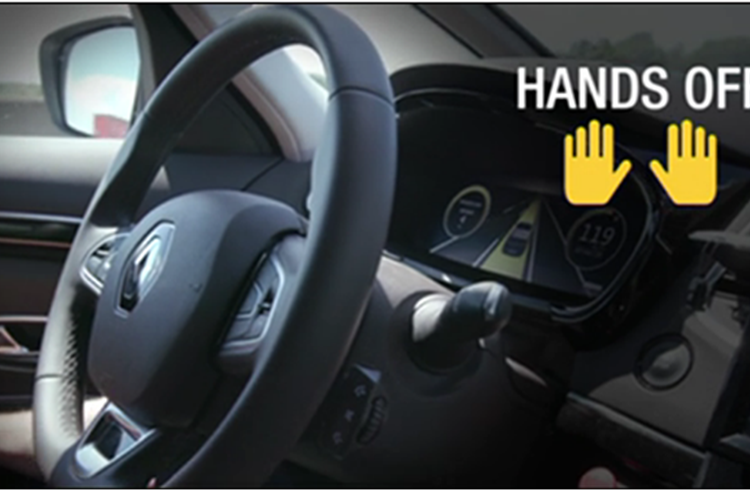

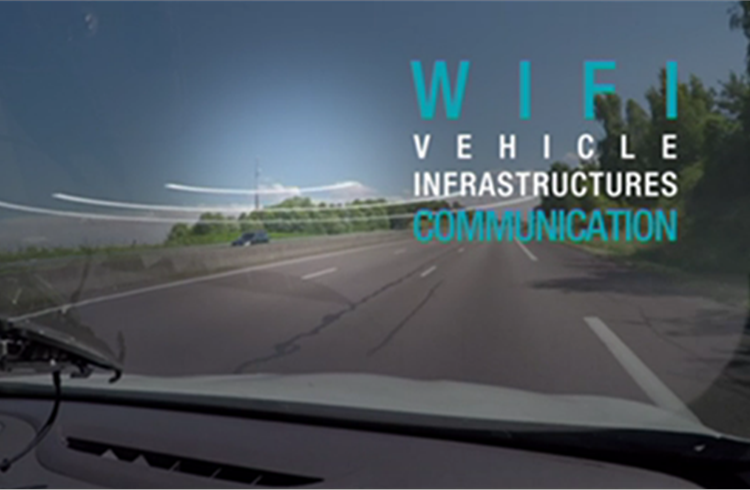
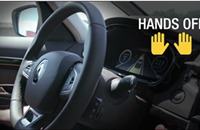



 Autocar Pro News Desk
Autocar Pro News Desk

